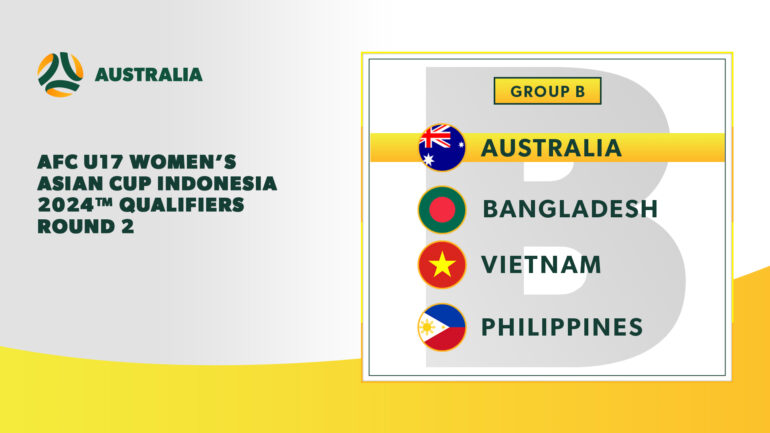Identifying faces is a crucial part of police work, and while training can bring about small improvements in accuracy, superior face recognition abilities are something you are born with, past research has shown.
Now, with the help of research from UNSW Sydney, the NSW Police Force has been able to identify 38 of its own exceptional performers, opening the possibility that their special abilities could be put to use in areas like forensics and counter-terrorism.
In a study published May 17 in the journal PLOS ONE, UNSW researchers described how they enlisted 1,600 members of NSW Police to undertake a series of online face matching and memory tests.
The officers sat the Glasgow Face Matching Test, where participants are asked to declare a pair of faces the same or different; the Cambridge Face Memory Test, which measures the ability to learn and remember unfamiliar faces; and the UNSW Face Test, arguably the world’s most challenging face recognition test, that combines face matching with memory exercises.
The 38 who were selected performed well above average in all three and were identified as super-recognizers—people with uncanny abilities to recognize and remember unfamiliar faces. Such people are estimated to make up about 2% of the population, putting the 38 of the 1,600 original police participants in this same ratio.
Associate Professor David White, who led the study, says this isn’t the first time that police and security agencies have tried to get the best people for the job where correct identification can have real consequences for the safety of others. The London Metropolitan Police was the first to try recruiting super-recognizers from its ranks, but this selection process is not on the scientific record.
“As far as we are aware, this is the first research of its kind to actually run through the whole recruitment process internally, within NSW Police, and report it in a scientific journal,” Prof. White says.
“We wanted to see if they could repeat the performance that they did on the online tests by making some tasks that modeled aspects of face identification tasks performed in forensic settings.
“We also wanted to find out, given that they’re already good with faces, if that extends to other related tasks relevant to the job. For example, when looking at CCTV images where faces are not particularly visible, can they also pick up on cues to identify from the body?”
A final test they gave the police officers was to see if they could remember the context that the faces were remembered from.
“In the real world, it’s important to say, yes, that person is familiar, but also to be able to recall where exactly that face was first seen.”
How they fared
When the police super-recognizers were compared to facial examiners—people whose job may involve verifying identity such as immigration officers or expert forensic witnesses in court—the police officers performed as well or better in the tasks the researchers set them, which is substantially better than the general population.
But Prof. White emphasized that even super-recognizers do not have 100% perfect recall of faces. Despite the common assertion that they “never forget a face,” no person sitting the UNSW Face Test has ever achieved full marks.
“Our research shows that selecting super-recognizers for applied face identification tasks can provide substantial benefits to accuracy, potentially reducing face ID errors by more than 20%.
“But what our research also reveals is that super-recognizers do make errors, even in tasks that do not involve memory. Even when comparing two high-quality images side-by-side—for example, a person’s current passport photo to a selfie image taken on a camera phone—super-recognizer made 20% errors on average and even the very best super-recognizer made 8% errors.
“These tests were very challenging because images of the same face used in matching test items were taken at different times, often years apart, and in different environmental conditions and using different cameras,” Prof. White says, adding that these complicating factors are exactly what police and other face examiners experience on a daily basis.
Interestingly, when participants were asked to recall the context from where a particular face was first committed to memory, police super-recognizers were no better than average university students. This suggests there are strict limits to super-recognizers’ abilities.
“This shows an important boundary to their superior ability. While they may be better at recognizing faces they have been shown in a learning phase, they appeared to be no better than the average person at remembering the surrounding visual context that the face had been shown in.”
What about artificial intelligence?
It is well known from past research from Prof. White’s Forensic Psychology Lab at UNSW that people regularly make mistakes in professional environments where identification is a requirement. Given that the most recent research shows that even super-recognizers have limits, does that mean artificial intelligence (AI) will soon assume all face recognition work?
Prof. White says while AI is being used increasingly for face recognition, it is still not at the stage where its face recognition abilities are superior to those of humans.
“Police already use this technology in Australia. When the police are using it for investigation they’ve often got a poor quality image and then use that image to search a massive database—all AI can do is throw up the most faces that are similar. It can’t say definitively that is the same person or not, so this is why we still need humans to make the final call.”
Facing forward
Prof. White is hoping that the latest research can be used by other police and security forces in Australia and globally to unearth the super-recognizers in its ranks, while importantly, highlighting the limits to their special ability.
“Face misidentifications can have potentially profound implications, especially when used in criminal investigations and trials,” he says.
“Here we have shown that using super-recognizers reduces face identification errors, but our other recent work has shown that optimal accuracy can only be achieved by synthesizing face ID decisions made by AI, super-recognizers and forensic experts. In future, we hope to develop procedures for drawing on these different types of face ID evidence to reduce errors and bias in face ID decisions.”
More information:
James D. Dunn et al, Selecting police super-recognisers, PLOS ONE (2023). DOI: 10.1371/journal.pone.0283682
Provided by
University of New South Wales
Citation:
How psychologists helped NSW Police find super-recognizers in its ranks (2023, May 18)



